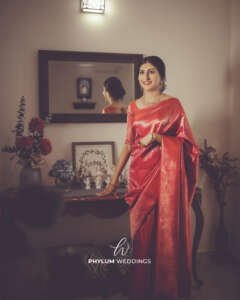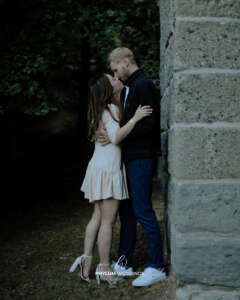
Beyond the Engagement – Experience the art of cinematic pre-wedding photography.
Experience the art of cinematic pre-wedding photography. The wedding day is fast-paced, filled with sacred rituals and electric receptions. But before the rush begins, there




